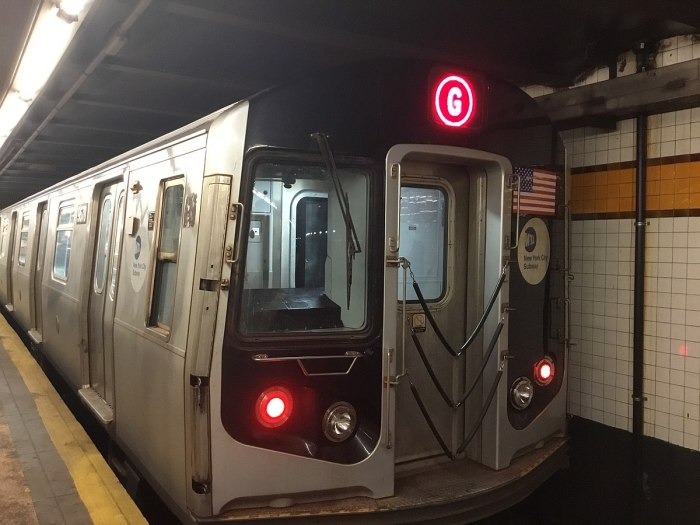Madison Jane Lyden, a 23-year-old tourist visiting from Australia, on Friday became a victim of NYC streets. She was riding a bicycle.
She had been in the north-bound unprotected bike lane on Central Park West, a pretty popular area for cyclists, when a black Toyota livery vehicle pulled out into the bike lane. She swerved and was struck and killed by a private garbage truck going in the same direction, according to a preliminary police account.
Despite much-publicized efforts by Mayor Bill de Blasio’s administration, streets remain places where New Yorkers often take their lives into their hands. The toll on bicycle riders continues, even as biking becomes more common and popular around the city. Last year, 23 bicyclists died in traffic. That included a 74-year-old who was “doored” by a taxi passenger exiting a taxi on a 20th Street bike lane. In May, a 45-year-old man was also doored in Queens and flew into traffic where he was hit by a box truck. And now Lyden, who was struck by a large garbage truck whose driver, law enforcement officials say, had a couple beers. The driver is charged with driving under the influence.
If things were different . . .
Why should streets, the central feature of NYC’s geography, leave bikers so unprotected? Imagine if this was done differently, and drivers took the initiative to safeguard their fellow travelers. Imagine if drivers didn’t pull over into bike lanes either to double park or let off passengers, forcing bikers into open street. What would it take? Maybe a few cops giving tickets which grow like leaves on dashboards for similar violations. Or a commitment from drivers to search another 20 seconds for a safer place to stop. If that ends up being too inconvenient, at least drivers might consider the wisdom taught to young New York children: look both ways before crossing the street. Drivers and passengers can double-check to see if their path is bike-free before opening a door or heading back into traffic.
“The idea that some traffic rules are just guidelines and that cyclists should yield or be endangered because of the issues of people in cars and trucks is the problem here,” says Jon Orcutt, a former city Department of Transportation official who now is director of communications and advocacy at the nonprofit TransitCenter.
The other way to make streets safer is to change the way they work. For bikers, a key change is protected bike lanes, meaning lanes where the biker is shielded by barriers or parked cars. The unsheltered alternative, still technically a bike lane, is often just a painted line inches from traffic, and it’s all that Lyden had on Friday.
An alternative
The de Blasio administration rolled out 62.7 miles of the special protected bike lanes since 2014, according to the DOT, but advocates say that more are necessary to make it truly safe to bike in New York. This weekend, Paul Steely White of the advocacy group Transportation Alternatives called for protected bike lanes on “every major street,” a situation which definitely does not exist and would certainly face pressure from residents who see bike lanes as a threat to easy driving and parking.
But more protections on busy arteries are among the street redesigns that could “reduce if not entirely eliminate conflicts between road users,” says Thomas DeVito, senior director of advocacy at TA.
Other changes like new signaling and “islands” for pedestrians are meant to make streets a little safer for travelers not encased in glass and metal. Otherwise known as humans, who generally live in and visit the city.
































